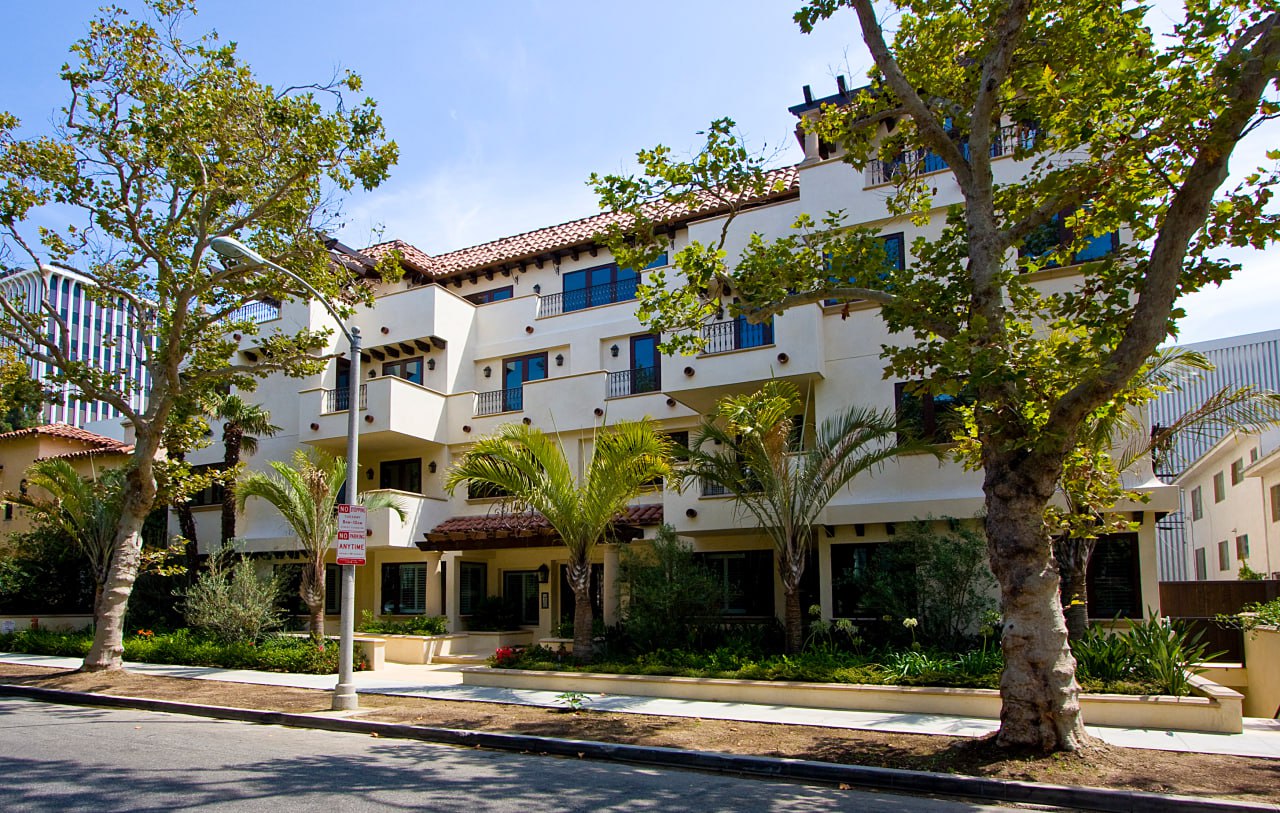Condo Damage – Common Area vs. Owner Property (Separate Interest)

In almost every instance, a condominium owner’s Condominium Plan (recorded with the original CC&Rs) defines separate interest boundaries of the dwelling area as consisting of the interior surfaces of perimeter walls, floors, ceilings, windows and doors. The Condominium Plan will also define what is not part of the Unit often times as follows: The following are not part of the Unit: bearing walls, columns, floors, roofs, slab, foundations, balcony and patio railings and enclosures, common stairways and hallways, tanks, pumps, air ducts, and other central services, pipes, ducts, flues, chutes, conduits, wire and other utility installations, wherever located, servicing more than one unit (except the outlets thereof when located within and servicing only a particular unit.)
Roughly translated, owners own the unit from the paint in and not necessarily the hung and mudded drywall. When leaks happen, whether from a failed roof or plumbing fixture, often times, it is these common areas that are damaged, which both constitute the separate interest boundary and are accessed from within the unit. When HOAs then refuse to make repairs to common areas and attempt to pass the expense and burden onto no-fault owners, then the HOA may be running afoul of its non-delagable duties to maintain and repair common areas.
If your condominium or townhouse has been damaged as a result of water damage or common area failures, contact one of our Los Angeles Condo Damage Attorneys today for a free case evaluation and consultation.